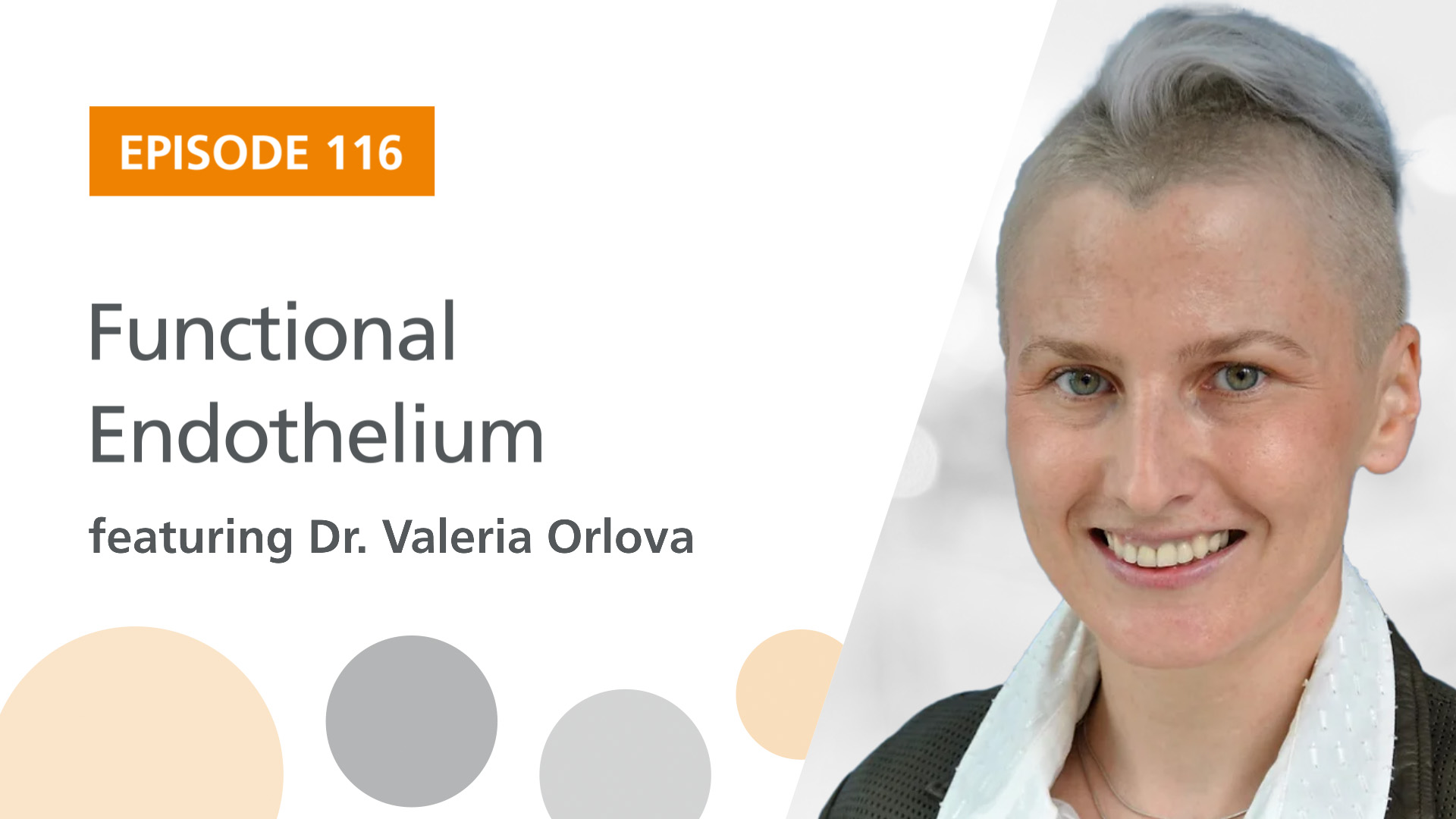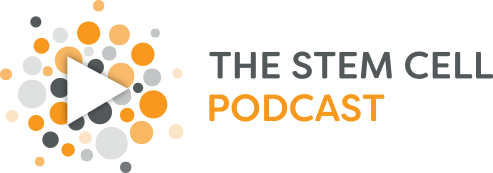
Podcast: Play in new window
Guest:
Dr. Valeria Orlova is the Principal Investigator at the Leiden University Medical Center. Dr. Orlova’s lab uses stem cells to study the blood vessels and vasculature. She joins us to talk about her work and latest findings.
Resources and Links
Plastic That Can Be Recycled Again and Again – The development of chemically recyclable polymers offers a solution to the end-of-use issue of polymeric materials and provides a closed-loop approach toward a circular materials economy.
Genetically Modified Plant as Malaria Drug – Derived from sweet wormwood plants, the antimalarial compound artemisinin usually composes 0.1 to 1 percent of the dry weight of the leaves. New research more than triples a plant’s yield of artemisinin, to 3.2 percent.
Hospital Surfaces that Kill Superbugs – A newly developed coating uses overhead light to trigger bacteria-killing molecules and could be used in hospitals to help stop the spread of some infections.
A Bird’s Internal Compass – During the long range migrations of European robins, production of the protein Cry4 increases and that may facilitate the birds’ sense of Earth’s magnetic field.
Inducible GDNF Expression in Transplanted Neural Cells – Glial cell line-derived neurotrophic factor (GDNF) has provided benefits to Parkinsonian patients and is being used in a clinical trial for amyotrophic lateral sclerosis.
Reciprocal Signaling between Glioblastoma Stem Cells and Differentiated Tumor Cells Promotes Malignant Progression – A recent study found that differentiated glioblastoma cells (DGCs) accelerated GSC tumor growth. DGCs preferentially expressed brain-derived neurotrophic factor (BDNF), whereas GSCs expressed the BDNF receptor NTRK2.
Super-Obese Patient-Derived iPSC Hypothalamic Neurons Exhibit Obesogenic Signatures and Hormone Responses – Researchers developed a method to reliably differentiate human induced pluripotent stem cells (iPSCs) into hypothalamic-like neurons (iHTNs) capable of secreting orexigenic and anorexigenic neuropeptides. Transcriptomic profiling revealed that, although iHTNs maintain a fetal identity, they respond appropriately to metabolic hormones ghrelin and leptin.
Defining Essential Genes for Human Pluripotent Stem Cells by CRISPR-Cas9 Screening in Haploid Cells – Scientists constructed an atlas of essential and growth-restricting genes in human pluripotent stem cells, revealing key aspects of cellular essentiality and providing a reference for future studies on human pluripotency.
Photo Reference: Courtesy of Dr. Valeria Orlova

